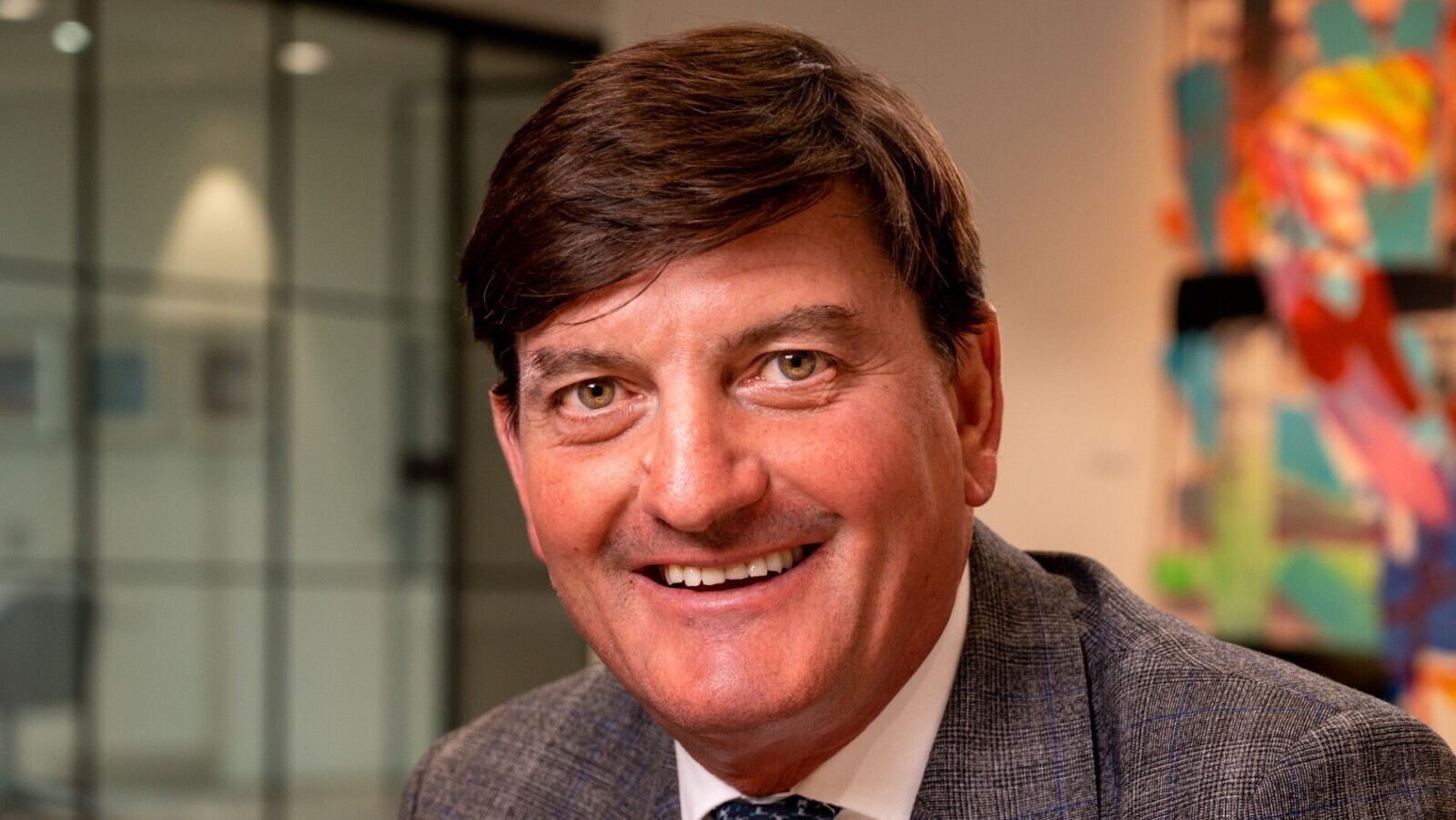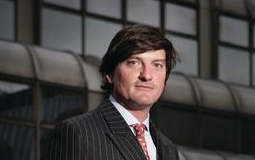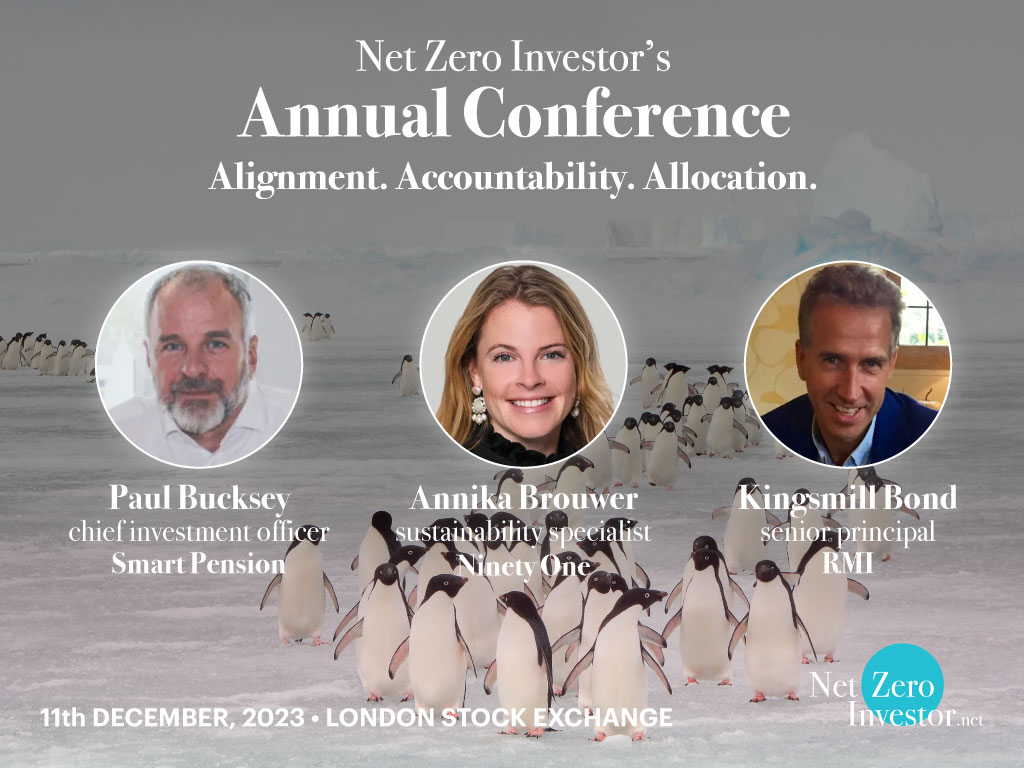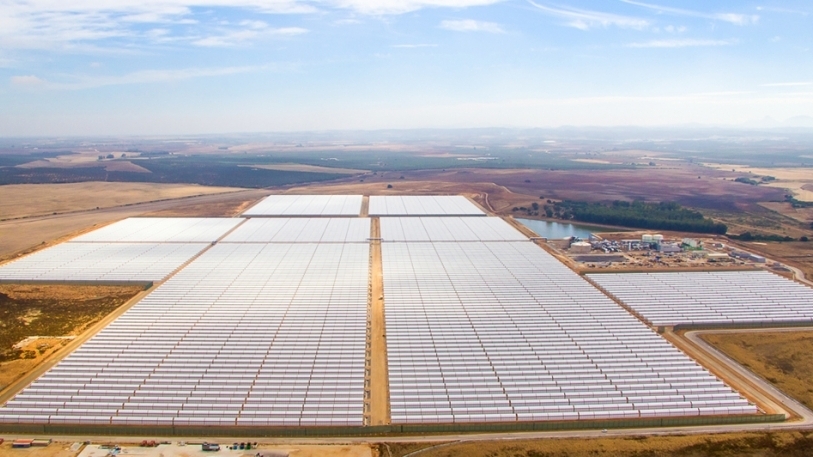
Howden CEO: address investors’ concerns to make vulnerable countries insurable
At COP28 in Dubai, David Howden, founder and CEO of global insurer Howden, sat down with NZI to discuss the role of the Loss and Damages Fund in addressing climate risk and insurance challenges for the Global South
As the COP28 climate summit in Dubai is in full swing, Net Zero Investor caught up with a speaker at the event who is representing the private investment voice at what is hailed as a crucial and historic climate finance conference.
UK-based David Howden, founder and CEO of global insurance group Howden, whose shareholders include Canadian pension giant CDPQ, General Atlantic and Hg, opened up about the power of the private sector to unlock climate investments and the difficulty of assessing and insuring future climate risks.
RENEWABLE INFRASTRUCTURE SUMMIT
12/03/24, London Stock Exchange | Asset owner knowledge sharing & due diligence
For over 40 years, Howden has worked in an industry that, when presented with a risk, always finds a way to measure it and to protect against negative consequences, supporting investment in the future.
“At COP26 in Glasgow I heard [Prime Minister of Barbados] Mia Mottley ask who is going to protect vulnerable countries against the consequences of climate change, and where is the private sector?"
Then, last year at COP27, "there was the landmark agreement on Loss and Damage. And this got me thinking how do you bring these two things together – how do we use the power of the private sector to both protect vulnerable countries and to unlock investment?”
He stressed that “for some reason, there seems to be a belief that the climate risks for vulnerable countries in the Global South are uninsurable.”
Howden is not having it.
“The problem isn’t that they’re uninsurable, it’s that there has been nobody to pay the premium at the scale required."
However, the Loss and Damage fund "has the power to change that,” Howden said, pointing at the announcement late last week when COP28 President Sultan Al Jaber pulled a first major milestone of COP28 to deliver what is generally seen as a historic agreement to operationalise the fund which is meant to assist developing countries that are particularly vulnerable to the effects of climate change, known in the negotiations as ‘loss and damage’.
"Capping climate losses at 10% of GDP, and guaranteeing pre-agreed funding, paid immediately, provides certainty and the confidence to invest."

Howden said that, following COP27, he asked himself the question: “Has anyone actually modelled the risks of these countries and calculated how much is needed to protect them? Remarkably, the answer was ‘no’."
Exactly for that reason, Howden reached out to researchers at the University of Cambridge in the UK. Together, they launched a study into the impact of climate risks on vulnerable countries.
“What was different about this research was that it looked at losses as a percentage of GDP. The reason this is so important is because it shifts the focus to protecting countries, not buildings,” he explained.
“By understanding the risk to the entire economy, we were able to calculate what it would cost to put in place a contractual guarantee to pre-agreed finance,” Howden stressed.
“This provides both the funding needed to respond to a disaster and the certainty that these economies aren’t going to be wiped out.”
Also read
COP28: how are gulf sovereign wealth funds investing in the energy transition?
The University of Cambridge researchers found that the smallest, most vulnerable countries currently risk losing over 100% of their GDP from extreme climate shocks.
“We have worked out how we can cap the loss at 10% of their GDP and for less than you’d think,” Howden shared.
“We found that $1bn, less than 1% of the targeted $100 billion L&D fund, can secure around $75 billion of protection. And, we have demonstrated how this could be scaled to protect all 100 L&D recipient countries from their highest priority risks."
He stressed “this is the most economically powerful way to use donor money. It is entirely non-political and provides guaranteed funds that don’t rely on a disaster getting enough media attention.”
“In a world that is more volatile than ever, you can not put a price on certainty. We know that 1 dollar before a climate disaster achieves the same impact as around 6 dollars after the event."
To illustrate his case, Howden turns to Pakistan as a good example of how not to go about this.
“In January of this year, three months after the devastating floods in Pakistan, a UN emergency appeal saw $9 billion committed by international donors to help the country recover. And, when I was talking about this on a panel the other day, it was pointed out that this money is yet to arrive,” he said.
So this is where things get attractive for the private sector, Howden said.
“How much more efficient would it have been if it had been contractually guaranteed by pre-agreed finance? And we know that 1 dollar before a climate disaster achieves the same impact as around 6 dollars after the event.”
He argued that pre-arranged finance not only provides the opportunity to rebuild after a disaster has happened but it also reduces vulnerability, and it provides investors with the confidence to invest in the future.
“In a world that is more volatile than ever, you can not put a price on certainty.”
Howden is convinced that capping climate losses at 10% of GDP, and guaranteeing pre-agreed funding, paid immediately, provides certainty and the confidence to invest.
“And we have put a price on that. Private investors should get behind this approach as a crucial mechanism to have in place to make high-risk countries more investable," Howden concluded.
“What a powerful COP28 legacy that would be."
COP28
Follow all of NZI's coverage here





